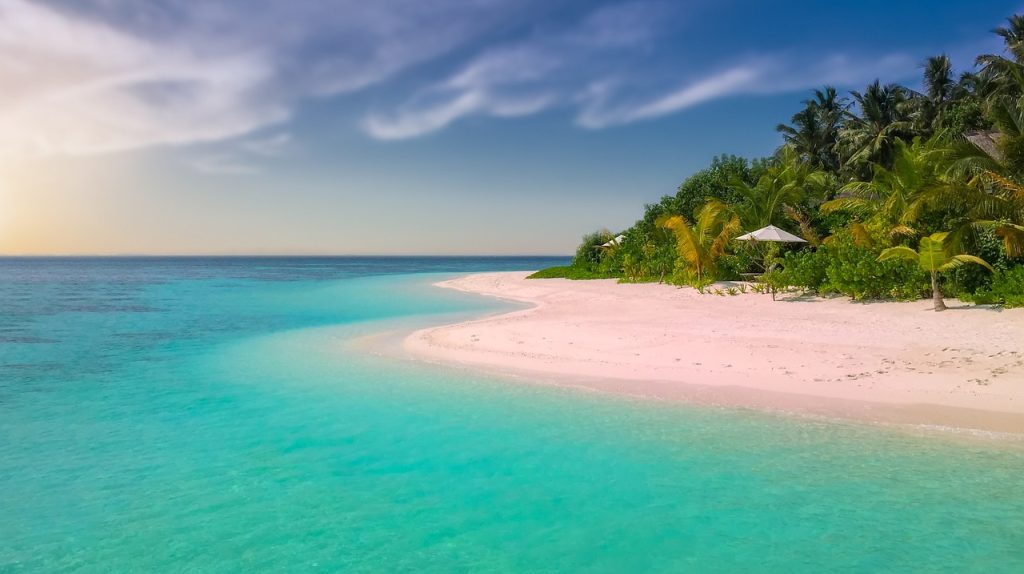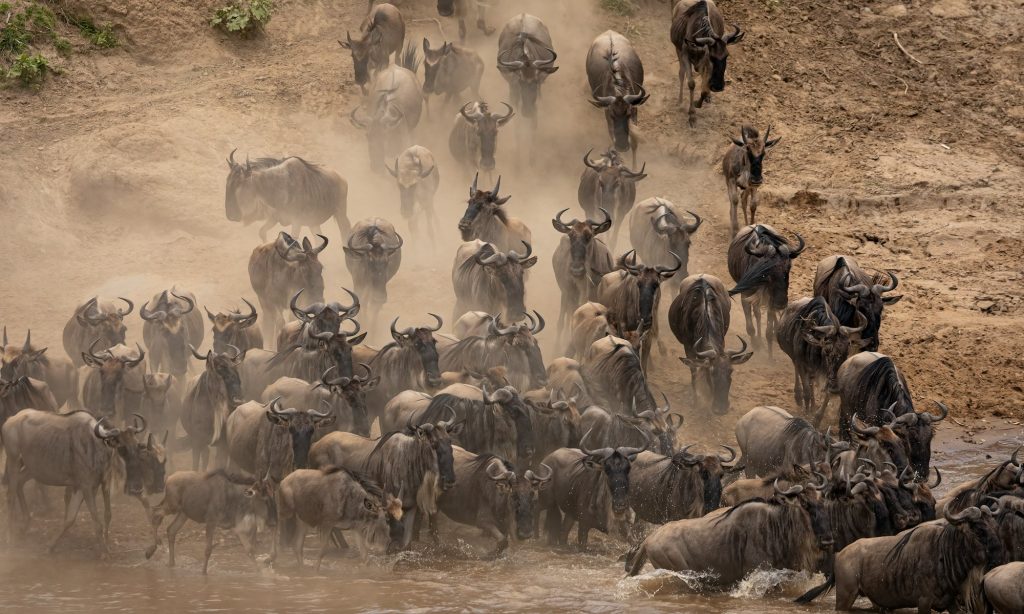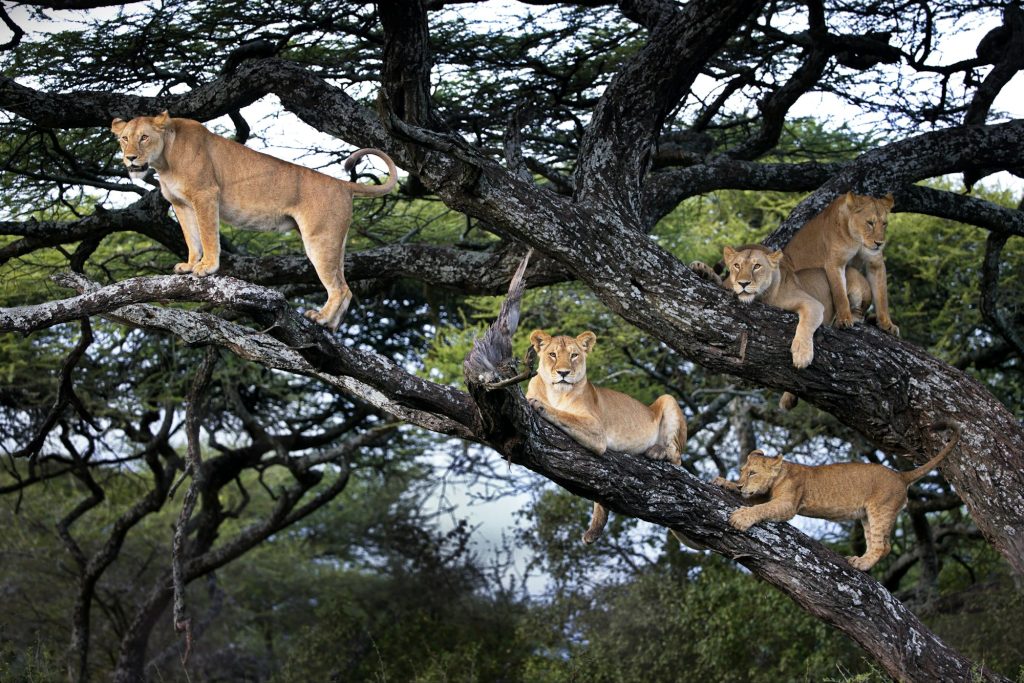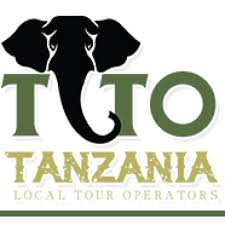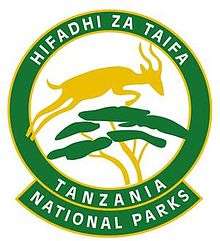The Great Migration is one of nature’s most spectacular events, where vast herds of wildebeest, zebra, and antelope travel across the Serengeti National Park in Tanzania in search of fresh pastures. Beginning in April and May, shortly after the birth season, these animals embark on a perilous journey, kicking off with their movement toward Moru Kopjes. By May, the herds face one of their first challenges as they cross the Grumeti River, teeming with crocodiles. Though May marks the low season for tourism, this period offers affordable safari options without compromising on wildlife viewing opportunities. As June ushers in the dry season, the herds press on through the Western Serengeti, navigating further river crossings that define this epic migration. By July, they reach the Mara River, where dramatic crossings continue to captivate travelers, who can choose from a variety of accommodations to witness these breathtaking moments.
Overview of The Great Migration
The Great Migration is a remarkable natural spectacle involving over 1.5 million wildebeest, along with hundreds of thousands of zebras and gazelles. This continuous, circular journey spans approximately 1,800 miles within the Serengeti-Mara ecosystem. The driving force behind this migration is the quest for fresh grazing and water, dictated by seasonal rainfall patterns. As the herds move, they are closely followed by predators like lions, cheetahs, and crocodiles, leading to breathtaking wildlife interactions that highlight the cycle of life and death in the wild.
This migration is not only a testament to the resilience and adaptability of these animals but also plays a vital role in maintaining the ecological balance. It impacts vegetation and predator populations, ensuring the health of the ecosystem. For wildlife enthusiasts, the migration offers diverse viewing opportunities year-round, drawing tourists from around the world and significantly boosting the local economies of Tanzania and Kenya.
However, this natural wonder faces threats from climate change and human activities, which could alter migration routes and timing. Conservation efforts are essential to protect this phenomenon and its habitat for future generations, ensuring that it continues to awe and inspire.
- The Great Migration involves over 1.5 million wildebeest, along with hundreds of thousands of other animals like zebras and gazelles.
- The migration is a continuous, circular journey covering approximately 1,800 miles in the Serengeti-Mara ecosystem.
- The migration is driven by the search for fresh grazing and water, following the seasonal rainfall patterns.
- Predators such as lions, cheetahs, and crocodiles follow the migration, providing dramatic wildlife interactions.
- The migration is considered one of the most impressive natural events in the world, showcasing the cycle of life and death.
- The migration offers various wildlife viewing opportunities throughout the year as the herds move across different regions.
- The migration plays a crucial role in maintaining the balance of the ecosystem by impacting vegetation and predator populations.
- The Great Migration is a key attraction for tourists, contributing significantly to the local economies of Tanzania and Kenya.
- Conservation efforts are crucial in ensuring the sustainability of the migration and the preservation of its natural habitat.
- Climate change and human activities pose threats to the migration patterns, potentially altering the routes and timing.
Migration Timing and Phases
The great migration is a natural spectacle divided into distinct phases, each offering a unique glimpse into the lives of the wildebeest and other animals. It starts with the calving season from January to March in the southern Serengeti, where a remarkable number of wildebeest calves are born each day. As April and May arrive, the herds travel north toward the Grumeti River in the western Serengeti. During the dry season from June to July, the herds gather in the western corridor, preparing for the challenging river crossings that lie ahead. One of the most anticipated events occurs between August and October, as the animals bravely cross the Mara River in the northern Serengeti and Maasai Mara. By November, the herds begin their journey south as the short rains fall, returning to the Serengeti plains. This cycle is driven by rainfall patterns, which vary each year, making predictions tricky. Each phase offers its own wildlife viewing experiences, from witnessing the birth of calves to the dramatic and often dangerous river crossings. Understanding these timings can help plan trips to catch specific phases of the migration. The continuous movement ensures there’s always something to witness, regardless of the time of year.
| Phase | Time Period | Location | Key Features |
|---|---|---|---|
| Calving Season | January to March | Southern Serengeti | Thousands of calves born |
| Northward Movement | April to May | Towards Grumeti River, Western Serengeti | Culminates in Grumeti River crossing |
| Western Corridor | June to July | Western Serengeti | Herds congregate for river crossings |
| Mara River Crossings | August to October | Northern Serengeti and Maasai Mara | Dramatic and widely anticipated crossings |
| Return South | November | Maasai Mara to Serengeti Plains | Triggered by short rains |
Crossing the Grumeti River

From May to July, as wildebeests and zebras head towards the northwestern Serengeti, they face the daunting task of crossing the Grumeti River. This journey is marked by intense scenes where these animals brave crocodile-infested waters, showcasing both courage and survival instincts. Unlike the heavily trafficked Mara River, the Grumeti offers a more intimate setting, allowing fewer tourists to witness the raw beauty of nature. The river’s water levels fluctuate, influencing the difficulty of the crossing and the risks involved. As animals become vulnerable during these attempts, predator interactions are frequent, adding another layer of excitement for onlookers.
The Grumeti River area is rich in wildlife, making it a prime spot for diverse game viewing. This crossing is crucial, as it opens up new grazing territories in the western corridor for the migrating herds. The landscape around the river is stunning, providing a unique ecosystem that stands apart from other regions. Spotting a crossing requires patience, as the herds often hesitate for hours before making their move. Many visitors stay in nearby lodges or camps to enhance their chances of witnessing this spectacular event.
Advantages of Visiting in Low Season
Visiting during the low season offers several benefits for travelers looking to experience the Great Migration without the crowds. From March to May and in November, you can enjoy more intimate wildlife experiences as there are fewer tourists. This period is also more budget-friendly, with generally lower accommodation prices.
The landscape comes alive with lush greenery due to the rains, providing vibrant and breathtaking scenery ideal for photography. Bird watchers will be delighted as many migratory species are present during this time, adding a unique aspect to the safari experience.
Wildlife remains abundant, and visitors may have the chance to see species less visible during the high season. Notably, the calving season occurs during this period, offering the incredible sight of thousands of wildebeest calves being born.
With fewer safari vehicles around, sightings are less crowded, allowing for a more personal and connected experience with nature. Additionally, the cooler temperatures and occasional showers offer a refreshing climate change from the dry season, making it an appealing choice for those who prefer milder weather.
Guides and staff are often more available and attentive, enhancing the overall experience with their personalized service. Unique activities such as bush walks and cultural visits can be more easily arranged, providing a deeper understanding of the local environment and culture. Overall, the low season presents a unique and rewarding opportunity to witness the Great Migration.
Challenges During the Dry Season
The dry season, spanning from June to October, presents a unique set of challenges for both wildlife and visitors in the migration regions. With water sources becoming scarce, animals are forced to compete fiercely for what little remains, often gathering around the few available watering holes. This concentration leads to increased predator-prey interactions, creating thrilling yet tense moments for onlookers.
Dusty conditions are another hurdle during this period. The lack of rain results in clouds of dust that can reduce visibility and make game drives less comfortable. Visitors are advised to prepare for extreme temperatures, bringing layers to adapt to hot days and chilly nights.
The dry season is also the peak time for tourism, with crowds flocking to witness the migration crossings. This surge means that popular parks and viewing spots can become quite crowded, and accommodations and safari tours often sell out quickly, necessitating early booking. The high demand can drive up prices, making it a costly venture for many.
Roads and tracks frequently become dusty, posing challenges for vehicles and potentially leading to access disruptions. These conditions may also limit certain activities like walking safaris or boat trips, which could be unavailable or less enjoyable.
Wildlife may move to remote areas in search of water, making them harder to locate. Conservation efforts are crucial during this time to ensure that wildlife has enough resources to survive, emphasizing the importance of sustainable practices even amidst the challenges of the dry season.
Northward Movement and River Crossings
The northward movement of the Great Migration kicks off around April when the herds leave the southern Serengeti plains, heading for the Grumeti River. This epic journey is primarily driven by the search for water and grazing opportunities. Animals travel in large columns, facing a series of challenges along the way, including predators and natural barriers.
River crossings are among the most dangerous parts of this migration. The Grumeti and Mara Rivers present significant challenges, each offering unique dynamics. These crossings are unpredictable, with timing dependent on rainfall and water levels, but they provide a rewarding spectacle for those lucky enough to witness them. Observers often encounter dramatic scenes of survival as herds brave the perilous waters, risking drowning and predator attacks.
The journey eventually leads to the Maasai Mara in Kenya, where the animals spend the dry season months. Crossing points become hotspots for predators, who wait patiently for opportunities to hunt. This northward movement is crucial for the survival of the herds, as it offers fresh pastures and reduces competition for resources.
Accommodation Options During Migration

When planning a trip to witness the Great Migration, choosing the right accommodation can significantly enhance your experience. Options range from luxury lodges and eco-friendly establishments to mobile camps that move with the herds. Mobile camps offer an immersive experience, allowing you to stay close to the migration action, while permanent lodges provide comfort and amenities in prime viewing areas. For those on a budget, there are basic accommodations that offer a closer connection to nature.
Many lodges and camps offer special packages during migration season, which might include guided tours and exclusive game drives. Some even provide private guides for a more personalized experience. Accommodations located near key migration points, like river crossings or calving areas, offer strategic advantages for wildlife viewing.
Eco-friendly lodges focus on sustainability, providing comfort while minimizing environmental impact. Community-based lodges, on the other hand, involve local communities, offering cultural insights and supporting local development. Booking in advance is highly recommended, especially during peak migration months, to ensure you secure your preferred choice.
Witnessing the Mara River Crossings
The Mara River crossings are one of the most thrilling spectacles of the Great Migration, occurring between July and October. During this time, vast herds of wildebeest, zebras, and other animals bravely face the river’s strong currents. The scene is both chaotic and mesmerizing as these creatures push through the water, often with crocodiles lurking nearby, waiting for their chance to strike. This natural drama is heightened by the dust clouds, splashes, and the cacophony of animal calls that fill the air, creating an unforgettable sensory experience.
For those eager to witness this awe-inspiring event, it’s important to be prepared for the unpredictability of nature. Crossing points can vary each year due to changes in river conditions and herd behavior. The best viewing spots are popular and can get crowded, meaning patience and a bit of luck are essential. Crossings can last from a few minutes to several hours, depending on the herds and environmental factors. Staying at lodges or camps near the river increases the chances of catching a crossing, as it allows for quick access when the action begins.
Guides are invaluable during this experience. Their expertise in predicting crossing times and positioning vehicles for optimal viewing can make all the difference. Being flexible and ready to move at a moment’s notice is crucial, given the unpredictable nature of the event. Witnessing a Mara River crossing is often considered a once-in-a-lifetime experience, showcasing the raw power and beauty of nature in a way that few other events can.
Frequently Asked Questions
1. What is the Great Migration?
The Great Migration is a massive movement of animals, mainly wildebeests and zebras, across the Serengeti and Masai Mara ecosystems in Africa. They travel in search of water and fresh grass, making it one of the largest and most spectacular wildlife events in the world.
2. When is the best time to see the Great Migration?
The best time to witness the Great Migration is typically between June and October, depending on where you want to see it. In June and July, the wildebeests cross the Grumeti River, and by August to October, they are usually crossing the Mara River, famous for dramatic river crossings.
3. How do animals know when to start migrating?
Animals in the Great Migration are guided by weather patterns, specifically the rains. They move to find greener pastures, so when the rains start in one area, it drives the migration forward to new feeding areas.
4. Where does the Great Migration take place?
The Great Migration takes place in East Africa, primarily within the Serengeti National Park in Tanzania and the Masai Mara National Reserve in Kenya.
5. Why do the animals migrate during the Great Migration?
Animals migrate during the Great Migration to find food and water. As seasons change, so do the conditions of the land. By migrating, they are following the rains which provide fresh grass and water resources necessary for their survival.
TL;DR The Great Migration is an awe-inspiring natural event, involving over 1.5 million wildebeest and thousands of zebras and gazelles, moving in a circular route in the Serengeti-Mara ecosystem. Driven by changing rain patterns, this migration showcases dramatic wildlife interactions with predators and is divided into phases based on timing and location. Key events include river crossings at the Grumeti and Mara Rivers, where visitors can witness intense, predator-infested waters. Visiting during the low season offers fewer crowds and budget-friendly options, while the dry season offers prime wildlife viewing amidst challenges. Accommodation ranges from luxury lodges to mobile camps that track the herds. Conservation efforts are vital to sustaining this natural phenomenon amidst threats from climate change and human activities.

